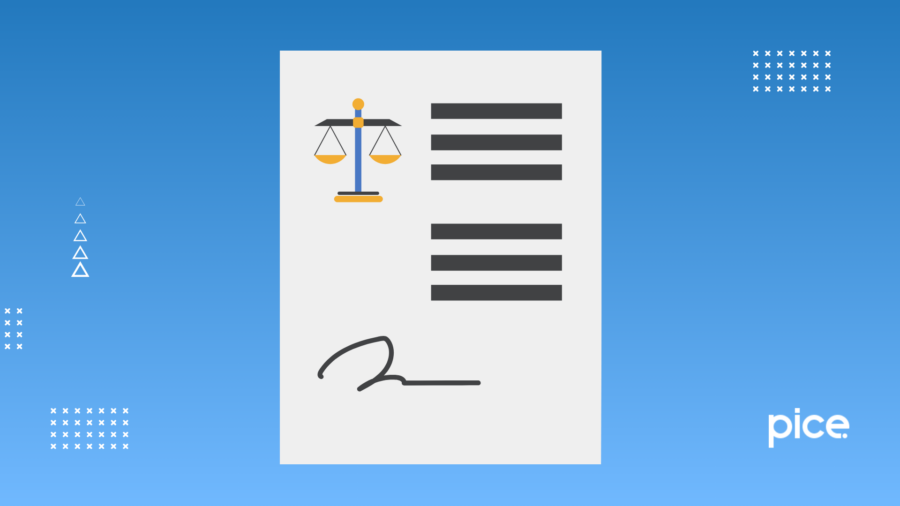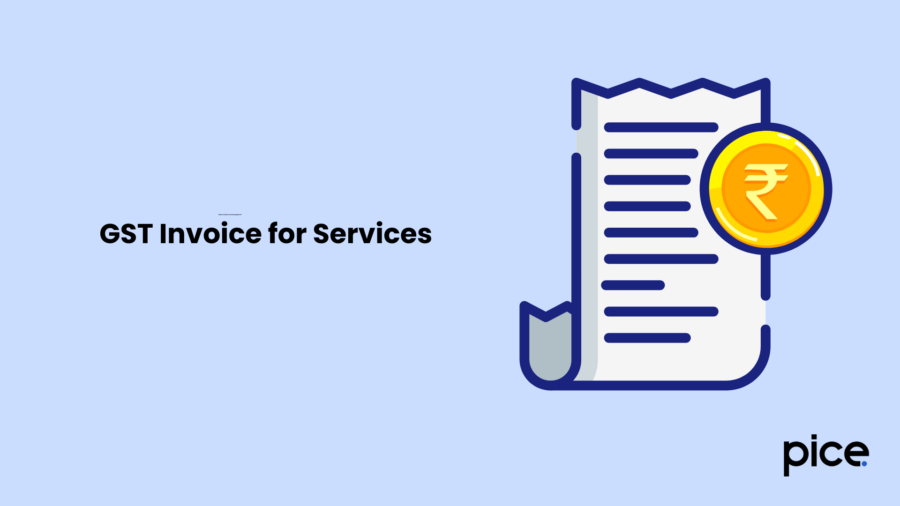GST Registration for Service Provider in India
- 15 May 25
- 8 mins

GST Registration for Service Provider in India
- Documents for GST Registration for Service Providers
- Process of GST Registration for Indian Service Provider
- Key Difference Between Interstate and Intrastate Service Providers
- GST Registration for Supply of Services
- GST Registration Threshold Limits for Service Providers
- Mandatory Registration for Specific Service Providers
- Multiple-State Registration for Service Providers
- GST Registration - A Mixed Bag for Multi-state Service Providers
- GST Invoice for Services
- Impact of GST Registration on Service Providers in India
- Conclusion
Key Takeaways
- GST is mandatory for service providers crossing ₹20L (₹10L in special states).
- Key documents: PAN, address proof, bank details, email, and phone.
- Multi-state service providers need separate GST registrations.
- Certain services require GST registration regardless of turnover.
- GST enables ITC claims, inter-state sales, and boosts credibility.
The Goods and Services Tax (GST) Act, 2017 outlines the rules and regulations for registering suppliers of goods and services in India. If you are a service provider, GST registration becomes necessary when your aggregate turnover crosses the prescribed threshold or if your business falls under specific categories.
Under the current regime, registration is mandatory for GST return filing and fulfilling tax obligations. This blog focuses on the guidelines for GST registration for a service provider so that they can comply with Indian tax laws.
Documents for GST Registration for Service Providers

Here is the list of documents that service providers need to submit for GST registration:
- PAN card of the proprietor or at least one partner, trustee, director, member or Karta
- Valid document stating your mobile number
- Functional and valid email address
- Proof of Business Registration/Address Proof of Principal Place of Business
- Valid bank account details
- Photograph of the service provider (in JPEG format, maximum size 100 KB)
Process of GST Registration for Indian Service Provider
Here are the steps service providers need to follow in order to register under GST:
Step 1: Visit the unified GST portal and click on 'Login'. You will receive a provisional ID and password for GST enrolment.
Step 2: To begin GST registration, click on 'New User login'.
Step 3: Provide your valid login credentials.
Step 4: On the redirected page, fill in your mobile number and email address.
Step 5: Enter the OTP you receive on your mobile number and e-mail address.
Step 6: Create your login username and password. Notably, you need to set security questions to complete the process.
Upon successful GST registration, a GST certificate is issued to service providers as an authorised document confirming the same.
Key Difference Between Interstate and Intrastate Service Providers
Here are the differences between interstate and intrastate service providers:
| Interstate Service Providers (Inter-state Supplies) | Intra-state Service Providers (Intra-state Supplies) |
| In case a service provider operates in multiple Indian states, he/she is categorised as an interstate service provider. | If a service provider operates in a single Indian state, he/she is categorised as an intra-state service provider. |
| The compliance burden on these service providers is greater. | These service providers have a limited compliance burden. |
GST Registration for Supply of Services
Usually, if a business is engaged in the supply of goods or services or both, with a turnover exceeding the GST registration threshold limits specified under the new regime, it has to register. Similarly, online service providers with database access and input service distributors need to register under GST for business compliance.
However, in certain cases, despite not exceeding the annual turnover limit for service providers, businesses need to register under GST based on the special mandates of the GST Act and the nature of business activity. Individuals who were registered under the pre-GST law are also required to apply for GST registration online.
Based on the GST laws, certain taxpayers might choose to register under the composition scheme, which differs significantly from the GST laws of a registered person.
Businesses with an annual turnover below ₹20 lakh can choose to apply for GST registration voluntarily. This offers benefits like claiming input tax credit, seamless inter-state sales, eligibility to sell on e-commerce platforms, and improved credibility compared to unregistered competitors.
GST Registration Threshold Limits for Service Providers

The limit for GST registration varies for different regions in India. Service providers in a normal category state with a turnover exceeding ₹20 lakh need to register under the Indian GST laws. For special category states like Arunachal Pradesh, Uttarakhand, Jammu & Kashmir, Himachal Pradesh and other Northeastern states or hill states, the GST registration limit is ₹10 lakh.
Ensure you evaluate your turnover of taxable supplies accurately to comply with the tax laws in the country. If you have a turnover below the mentioned turnover threshold, you need not register under GST. Notably, the tax liability is with the purchaser in case of transactions under reverse charge basis.
Mandatory Registration for Specific Service Providers
The following list presents the service providers who mandatorily have to register under GST irrespective of the turnover threshold:
- OIDAR Service Providers
- Input service distributor
- Non-resident Taxable Persons engaged in taxable supply of goods and services to Indian residents
- Individuals obligated to pay tax under reverse charge for received inward supplies.
- E-commerce Operators
- Suppliers who supply goods and services through e-commerce operators and are liable to collect tax at source.
- Entities previously registered under tax frameworks such as Excise, VAT or Service Tax are required to register under the GST framework.
- Casual taxable persons involved in the taxable supply
- E-commerce entities (inclusive of every e-commerce operator and individuals supplying goods and/or services)
- Individuals making taxable supply of goods or services on behalf of other taxable persons, whether as an agent or otherwise
- Individuals required to deduct tax under Section 51
- Individuals required to pay tax under Section 9(5)
- Any other individuals or categories notified by the government.
Multiple-State Registration for Service Providers
If a service provider operates from one state which is the principal place of business, then they need to register in that state under GST. Further, if the same business operates in other Indian states, it has to register separately in all the necessary states.
GST Registration - A Mixed Bag for Multi-state Service Providers
If you are a service provider operating in multiple Indian states, you need to follow the below-mentioned regulations:
● You need to acquire GST registration for all the states where you operate.
● Ensure you adhere to all the compliance needs for each of the registrations.
● You need to arrange invoices in a state-specific way.
● Input Tax Credit (ITC) applies to supplies in a state-specific manner.
GST Invoice for Services

As a service provider, if you are registered under GST, you can issue invoices to your customers. In addition, you can collect GST from your customers. However, if you are an unregistered service provider, you can issue a bill of supply without specifying GST.
Impact of GST Registration on Service Providers in India
GST has simplified business and trade across the country by expanding the market reach for every trader. For the service sector, GST has brought several advantages, including streamlined taxation for inter-state service providers, a clear separation between goods and services, access to input tax credit facility and a structured system for regular GST return filing.
Conclusion
GST registration for a service provider is necessary if the turnover of the concerned business exceeds ₹20 lakhs. If you are a service provider operating in multiple states in India, you need to register under GST separately in accordance with the GST laws. Ensure you comply with the GST laws in India for a seamless and transparent business operation.
However, note that sometimes the GST registration application gets rejected. In such cases, you have the option to respond to the rejection notice. You can also submit a fresh GST registration form after receiving the final rejection order, which usually takes around 10 days.
Timely GST registration based on the threshold or additional criteria on the unified portal helps businesses ensure appropriate vendor management. With effective vendor payments, these businesses can further ensure vendor delight in the connected Indian finance ecosystem.
💡If you want to streamline your invoices and make payments via credit or debit card or UPI, consider using the PICE App. Explore the PICE App today and take your business to new heights.
 By
By 

















